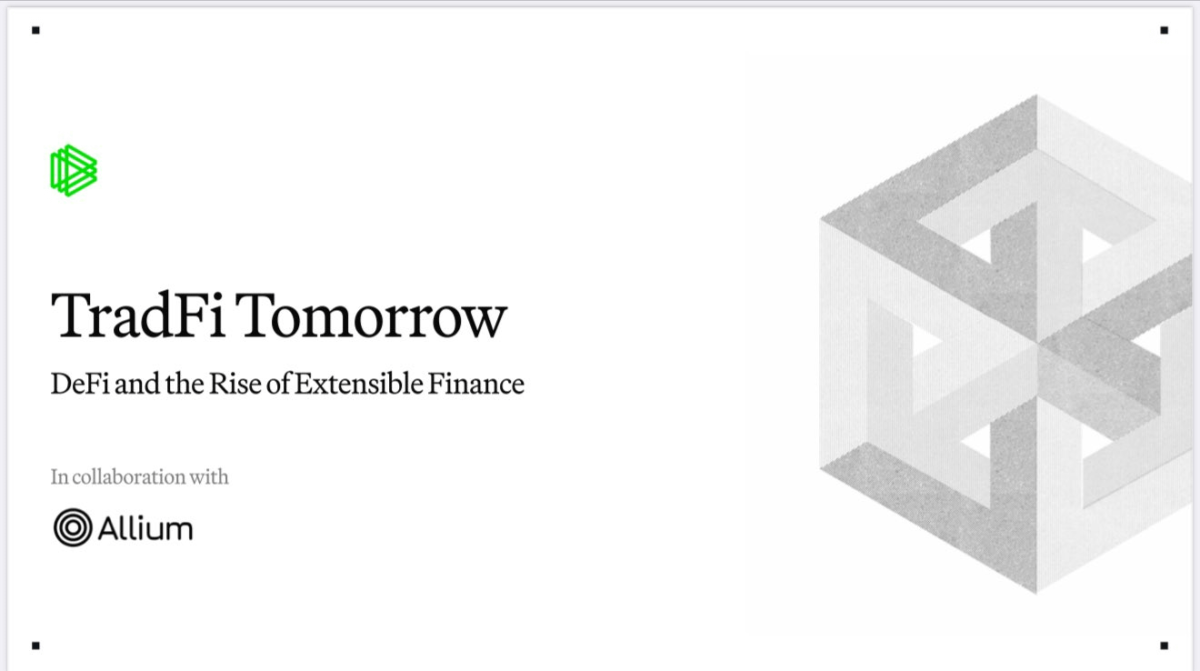# Two-Thirds of TradFi Firms Integrate DeFi and Public Blockchain Technologies
A recent large-scale survey by Paradigm, a global Web3 venture capital firm, reveals that two-thirds of traditional financial (TradFi) firms are incorporating decentralized finance (DeFi) and public blockchain-based technologies into their real-world strategies. The survey findings underscore that traditional financial institutions view DeFi as a pivotal alternative for cost reduction and efficiency improvement. The adoption of these technologies is expected to accelerate further as regulatory environments improve.
The report surveyed 300 professionals from asset management firms, banks, and venture capital organizations across the United States, United Kingdom, Europe, and Asia. These respondents were actively involved in blockchain and digital asset strategies within their organizations.
# 86% Embrace Blockchain; 66% Directly Utilize DeFi
An impressive 86% of respondents disclosed that they have adopted or are currently utilizing blockchain and distributed ledger technology (DLT). Additionally, 66% reported they are directly involved in DeFi-related projects through operations, investments, or pilot testing. This adoption signifies DeFi’s rapid transition from a peripheral technology to a core infrastructure within the financial industry.
Respondents highlighted key motivations for adopting DeFi, including improved transaction speed, enhanced transparency, and reduced transaction costs. Notably, automation of back-office operations was cited as a means to achieve up to a 25% reduction in operational costs.
# Public Blockchains Outshine Private Ones
According to the report, traditional financial institutions consider public blockchains indispensable for fully leveraging the benefits of smart contracts and asset tokenization. More than half of the respondents rated public blockchains as either ‘very important’ or ‘critical,’ surpassing private blockchains.
Central bank projects are also increasingly shifting towards open-source and permissionless networks. Paradigm noted, “Public chains offer advantages in terms of neutrality, connectivity, and liquidity.”
# Focus Areas: Stablecoins, Tokenized Assets, and DEXs
In the realm of DeFi, traditional finance is most keen on areas such as stablecoins, asset tokenization, and decentralized exchanges (DEXs). The report highlights that these three pillars—payment assets, asset representation, and on-chain trading protocols—are collectively enhancing the efficiency of financial transactions.
Currently, the on-chain tokenization of real-world assets, including U.S. treasuries and corporate bonds, is accelerating rapidly. The number of wallets using stablecoins and the transaction volumes are also experiencing significant growth. Stablecoins like USDC and USDT continue to hold the top two positions in supply volume.
# Regulatory Hurdles: A Call for Policy Changes
Regulatory uncertainty emerges as the most significant barrier to DeFi adoption, cited by 52% of respondents. More than technical or infrastructure deficiencies, the regulatory landscape is seen as the primary impediment to participation. The respondents identified ‘regulatory clarity’ and ‘regulatory harmonization’ as the most necessary changes.
Paradigm emphasized, “DeFi has already been adopted by many firms, proving its efficiency and resilience. It is now crucial for regulatory bodies to enable innovation through open infrastructure.”
The report suggests that the integration of DeFi within traditional finance is becoming a reality. However, it also highlights that policy changes will be a critical determinant in the transition to a new financial system.
⚠ Premium content
To unlock this and other premium content, subscribe via Access Protocol. Learn more ›




